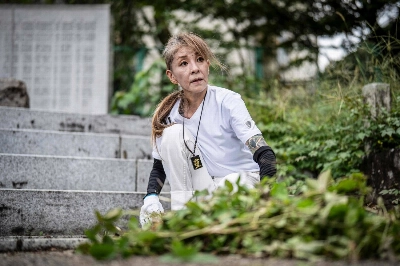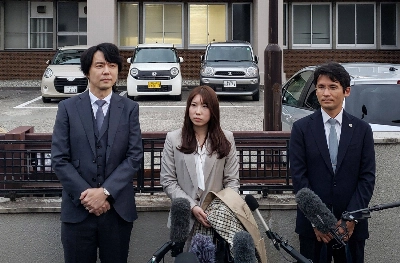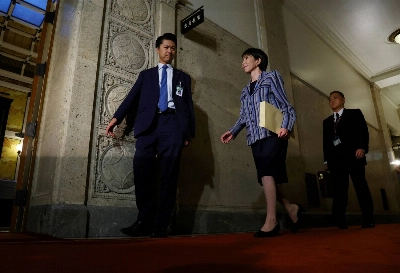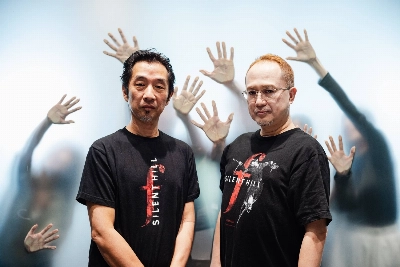Hoisting banners with the single Chinese character for "damnation," victims of the mercury poisoning outbreak known as Minamata disease rallied in Tokyo in 1971 to draw national attention to their plight.
As a young scientist at the then National Institute of Health, a health ministry affiliate that researches infectious diseases, Hideo Arai wished he could offer some help to the victims of one of the most infamous pollution cases in Japan's postwar history.
But unlike one colleague who resigned to study more about industrial pollutants, Arai stayed with his job due to concerns for his career.


















With your current subscription plan you can comment on stories. However, before writing your first comment, please create a display name in the Profile section of your subscriber account page.